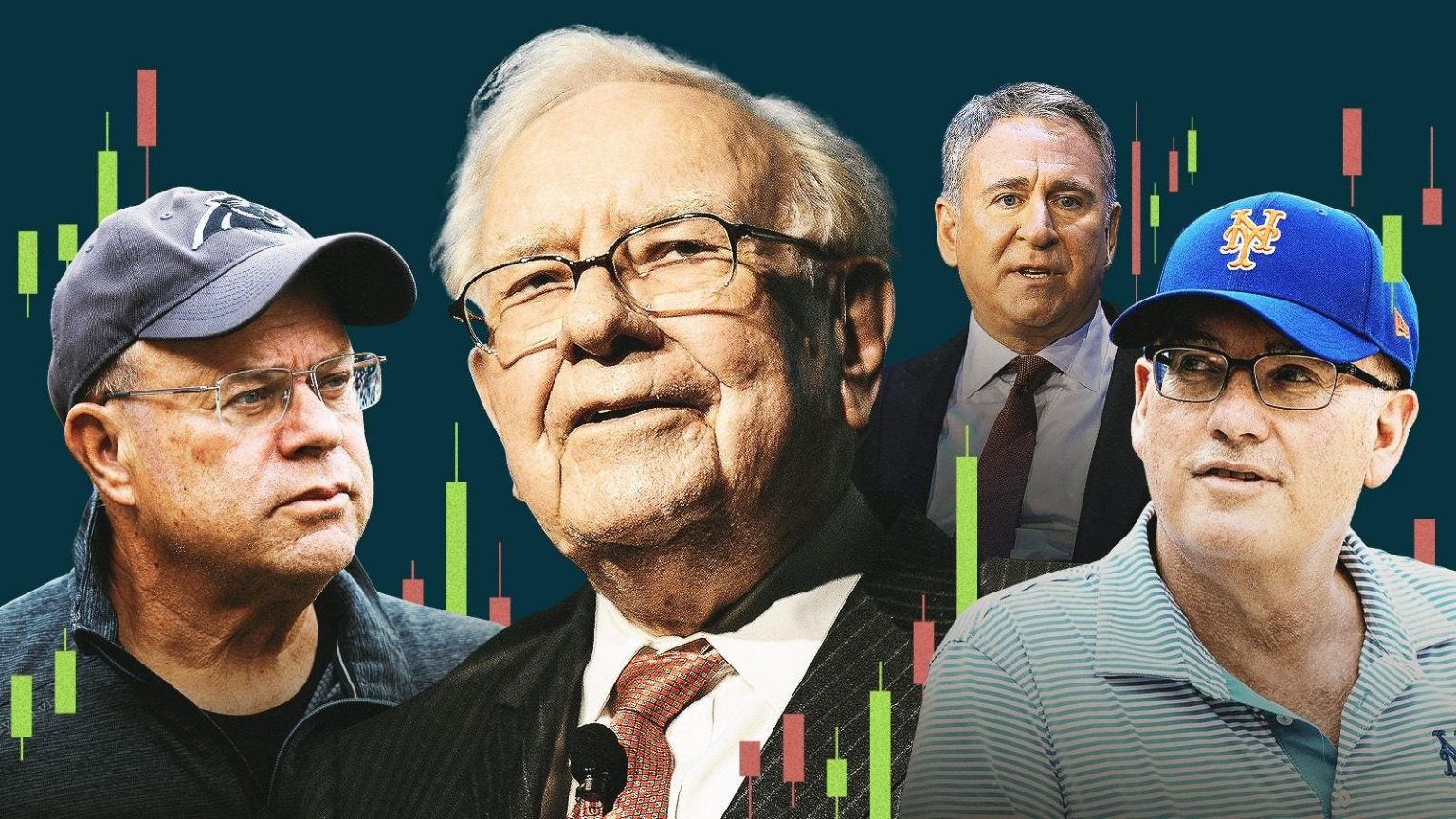Tracking Billionaire Investment Strategies: Insights from SEC Filings
The investment decisions of billionaire investors offer valuable insights for market participants, often influencing investment strategies. While not the sole determinant, these moves, gleaned from SEC 13F filings, play a significant role in portfolio construction. Forbes’ Billionaire Investor model portfolios, for instance, consider these filings alongside other crucial factors like value appeal, low debt, strong fundamentals, dividend payments (with exceptions like Disney, driven by activist investor interest), and insider buying. This combined approach has yielded impressive returns, exemplified by substantial gains in stocks like Dick’s Sporting Goods, Ross Stores, Microsoft, F&G Annuities & Life, Acuity Brands, Antero Midstream, and Radian Group.
SEC Form 13F provides a quarterly snapshot of investment managers’ holdings, offering a glimpse into the strategies of hedge funds, private equity, and other investment giants. However, this information comes with a 45-day lag, meaning reported positions may no longer reflect current holdings, particularly for algorithmic traders like Ken Griffin, Jeffrey Yass, and Israel Englander. Value investors like Warren Buffett and David Tepper, focused on long-term ownership, and activist investors like Carl Icahn, aiming to influence corporate management, typically exhibit longer holding periods. Despite the delay, 13F filings illuminate areas of consensus among managers, reveal ownership trends, highlight sector preferences, and showcase conviction in specific stocks, like Buffett’s recent investment in Domino’s Pizza.
Warren Buffett’s Berkshire Hathaway: Buffett’s recent moves include acquiring stakes in Sirius XM Holdings, Domino’s Pizza, Occidental Petroleum, Chubb Ltd., and aerospace and defense supplier Heico. The Heico investment is particularly noteworthy, aligning Buffett with other billionaire investors and demonstrating confidence in the company’s prospects. Simultaneously, Buffett has reduced his holdings in Apple and Bank of America, though these remain Berkshire’s largest and third-largest positions, respectively.
Jeffrey Yass’ Susquehanna International Group: Yass’ Susquehanna has significantly reduced its Apple holdings and adopted a cautious market outlook by selling SPDR S&P 500 and Invesco QQQ Trust ETFs, though the latter remains a substantial holding. Significantly, Susquehanna has increased its position in Nvidia, reflecting a bullish stance on the company’s future.
Ken Griffin’s Citadel Advisors: Griffin’s Citadel, benefiting from the success of both its hedge fund and market-making arm Citadel Securities, has been strategically taking profits in technology stocks like Amazon, Microsoft, and AppLovin. Conversely, Citadel has initiated a substantial position in Australian software company Atlassian and increased its stake in medical device maker Medtronic.
Steven Cohen’s Point72 Asset Management: Cohen’s Point72 has exhibited contrasting views on the broadcasting sector, increasing its Comcast holdings amidst the company’s cable network sale plans while divesting from Fox. Other notable moves include selling shares of Broadcom and Amazon.
David Tepper’s Appaloosa Management: Tepper’s Appaloosa has been capitalizing on gains from "Magnificent Seven" tech stocks, notably Nvidia, Meta, Amazon, and Microsoft. Despite geopolitical tensions, Tepper’s largest recent purchase is Chinese e-commerce giant PDD Holdings, owner of Temu, further highlighted by an investment in JD.com. This illustrates a focus on potential value regardless of prevailing narratives.
Analyzing Billionaire Moves: A Deeper Dive
Buffett’s investments underscore his continued faith in the American economy, balancing new acquisitions with strategic reductions in existing holdings. The Heico purchase, particularly, signifies an interest in niche, high-growth sectors. The trimming of Apple and Bank of America, while substantial in dollar terms, reflects portfolio rebalancing rather than a loss of confidence.
Yass’s activities suggest a more cautious approach to the overall market, evident in the ETF sales. However, the simultaneous increase in Nvidia holdings highlights a targeted optimism within the technology sector, possibly driven by the company’s dominance in AI-related hardware.
Griffin’s moves reflect a dynamic approach to technology investing, taking profits where valuations seem stretched and reinvesting in companies with perceived growth potential, such as Atlassian and Medtronic. This strategy suggests an active portfolio management style, seeking to capitalize on evolving market dynamics.
Cohen’s contrasting bets within the broadcasting sector likely reflect a nuanced view of the media landscape. The Comcast investment could be based on the potential value unlock from the cable network sale, while the Fox divestment might stem from concerns about the company’s future in a rapidly changing media environment.
Tepper’s investments reveal an intriguing mix of strategic profit-taking and contrarian bets. While reducing exposure to some high-flying tech stocks, he has made significant investments in Chinese companies, demonstrating a willingness to look beyond geopolitical concerns and focus on potential undervaluation.
Conclusion: Applying Billionaire Insights
Observing and analyzing the investment decisions of billionaire investors can provide valuable insights for individual investors. While replicating their moves directly is not advisable given the inherent delays in 13F reporting, understanding their underlying rationale, sector preferences, and conviction levels can inform one’s own investment strategy. By combining this information with fundamental analysis, market research, and individual risk tolerance, investors can potentially enhance their portfolio performance and navigate the complexities of the financial markets more effectively. It is vital to remember that billionaire investors operate with different resources and risk profiles than individual investors, and their moves should be interpreted as one piece of a larger investment puzzle.

